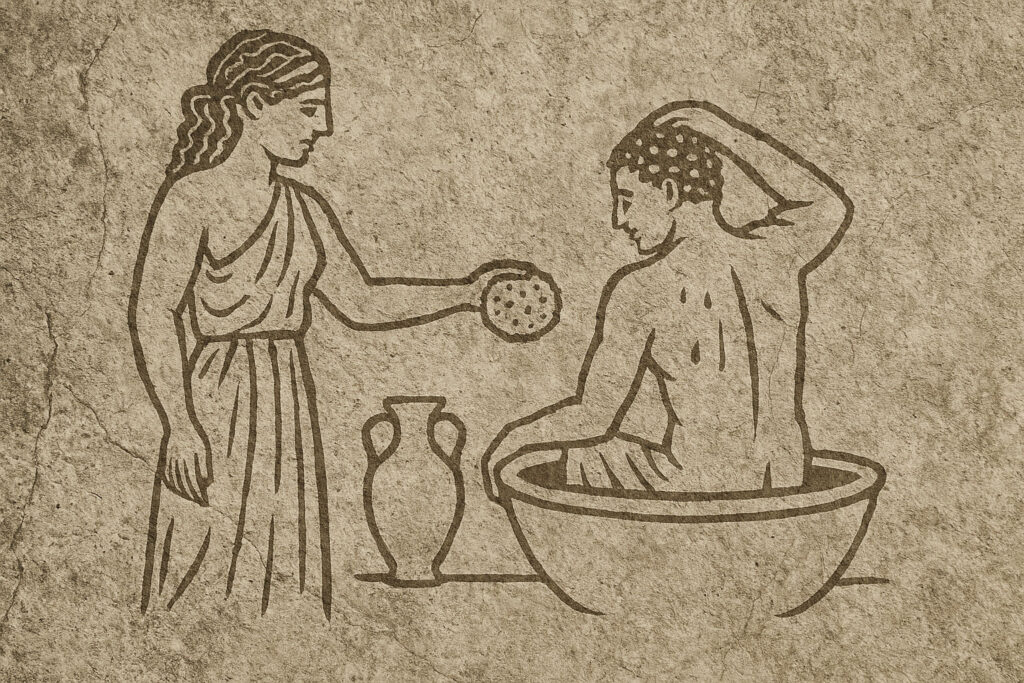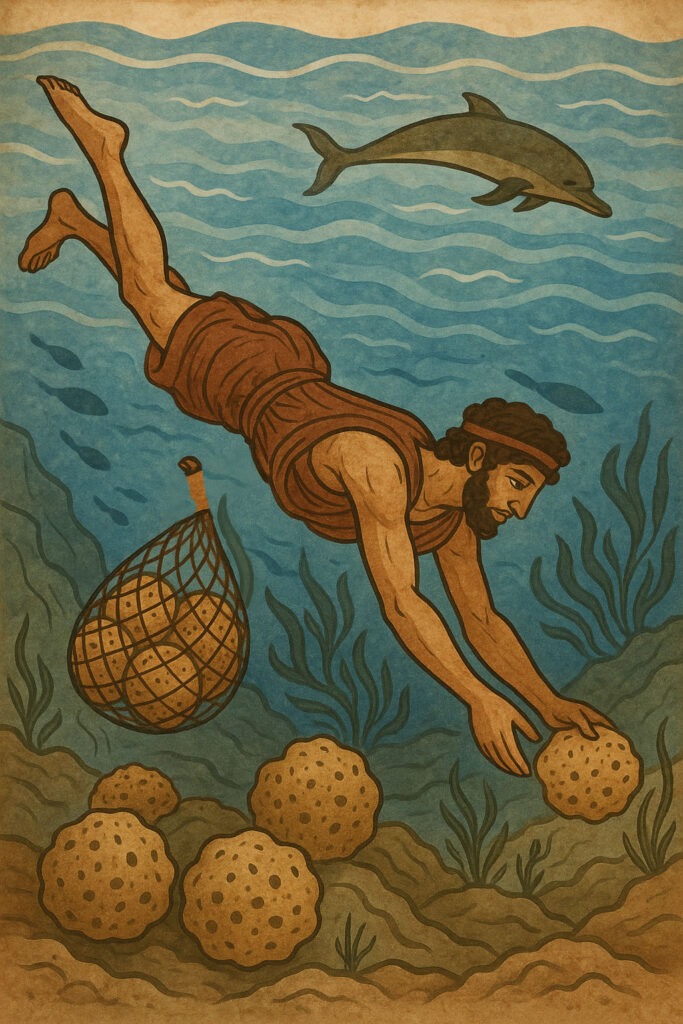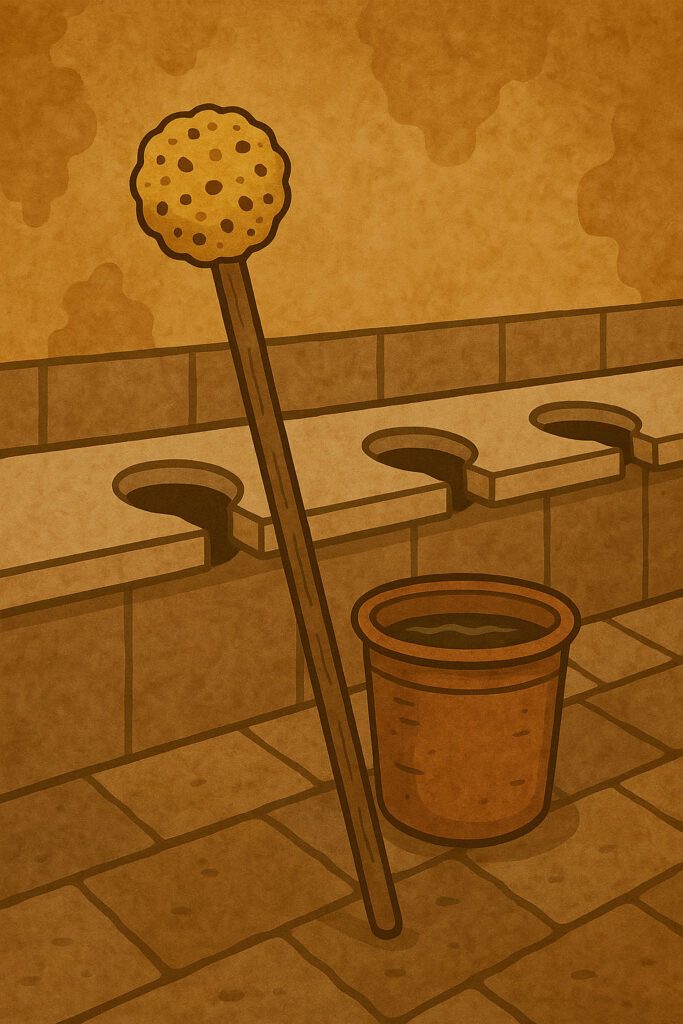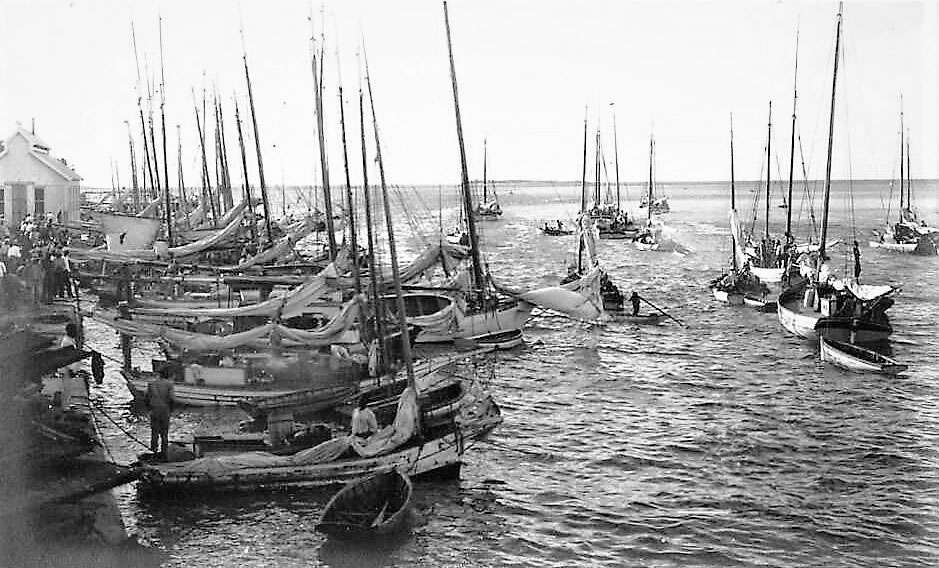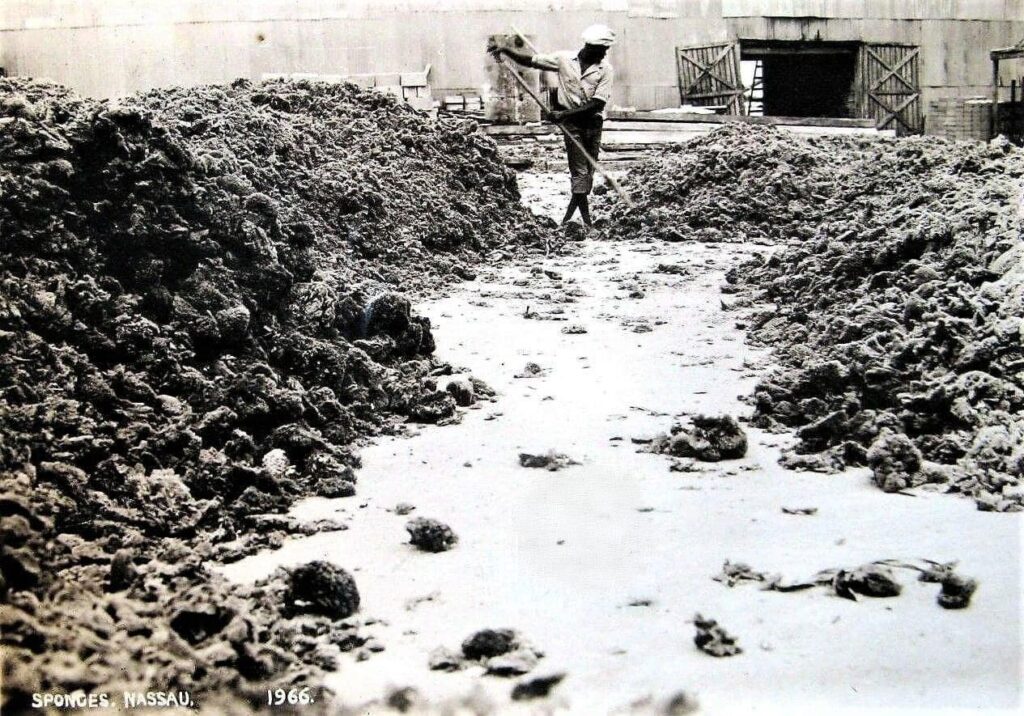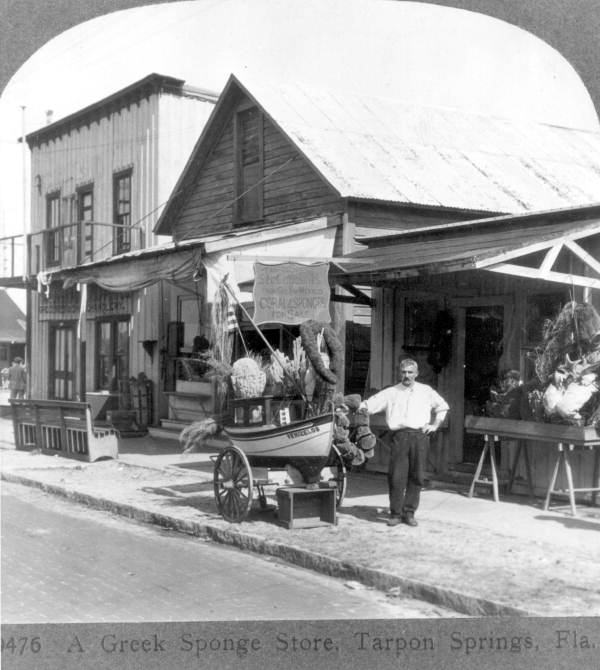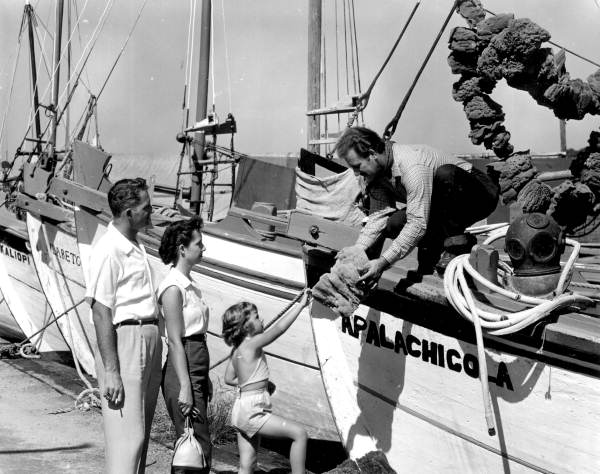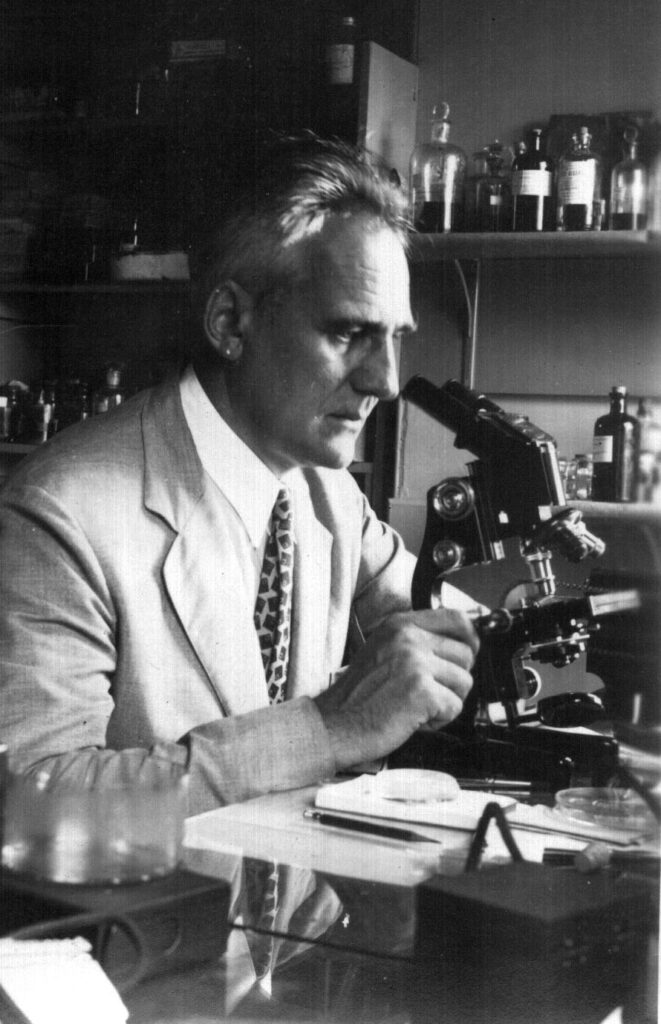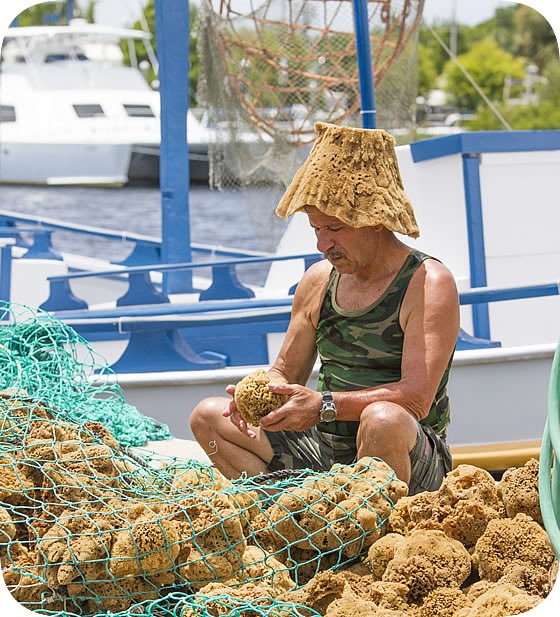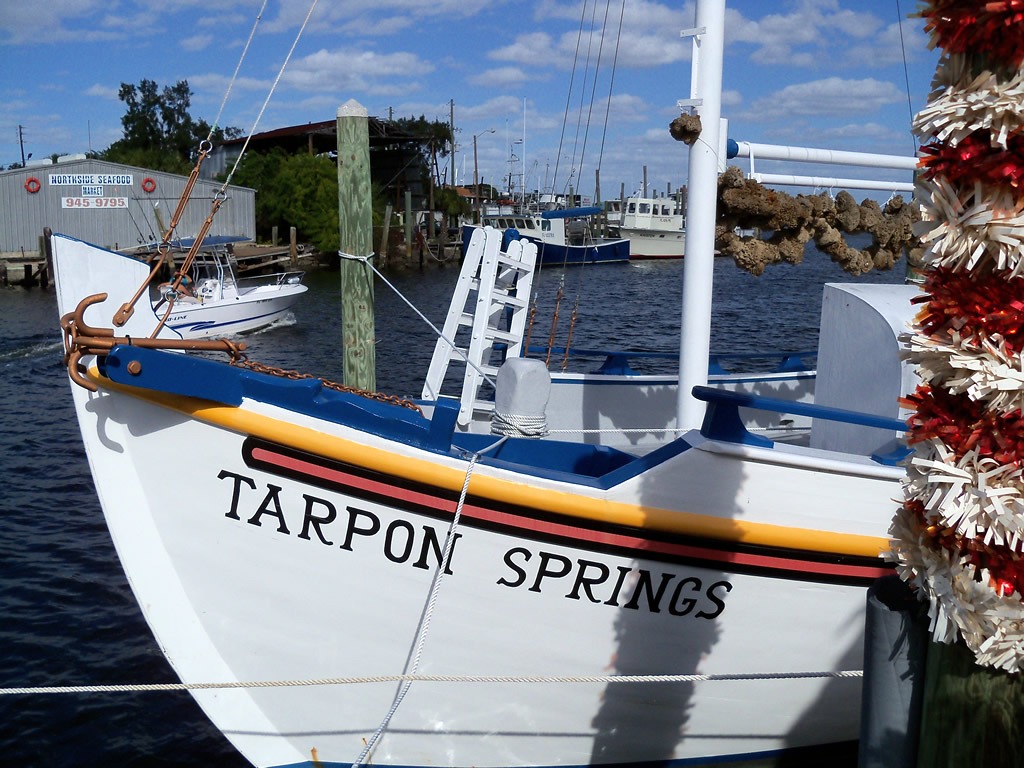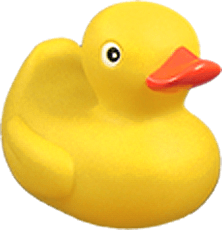The natural sea sponge has played an important role in human civilization for thousands of years. Valued for its unique softness, absorbency, and durability, the humble sponge has journeyed from the seabeds of the Mediterranean to the bath and body routines of homes across the world. This page explores the fascinating history of the sea sponge industry, with a focus on its rise in the Bahamas, its golden age in Florida, and its modern revival rooted in Tarpon Springs.
Ancient Beginnings
Sustainability and the Future
Today, sea sponges are harvested under strict ecological guidelines, with divers cutting them in ways that allow regrowth. Florida, the Bahamas, and parts of the Mediterranean continue to supply high-quality sponges for natural bath, cosmetic, and industrial use.
As consumers seek eco-conscious alternatives, the sea sponge is experiencing a renaissance—not just as a cleaning tool, but as a symbol of nature’s design, cultural heritage, and sustainability.
Explore More:


